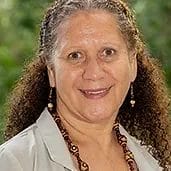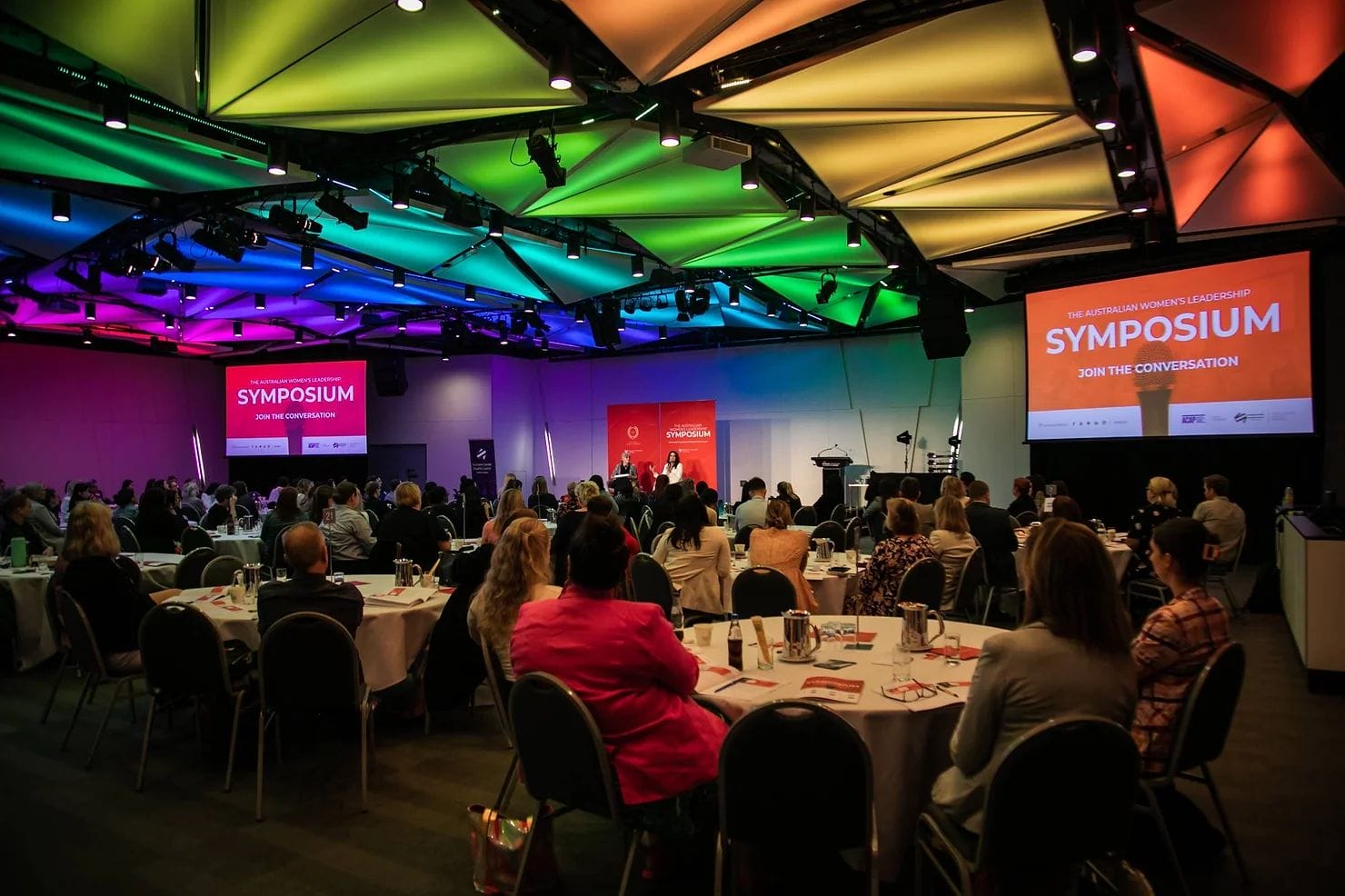This blog is part of our Expert Commentary series, bringing you insights into some of the unspoken challenges people face in the workplace, from experts with lived experience. The series explores a range of topics and perspectives to highlight the ways inclusive and compassionate leadership practices can benefit everyone.
Today, creating welcoming work environments for First Nations employees should be front of mind for ALL employers who are trying to establish inclusive, respectful and sustainable workplaces.
The truth of the matter is that Australian employers need to do more to attract, train, retain and promote Indigenous employees. This has been a systemic issue across many industries for generations. Systemic racism against Indigenous employees is very common in the workplace, with a recent study finding that over 50 per cent of Indigenous interviewees experienced direct or indirect racism currently and throughout their careers.
If organisations proactively seek to change this, then culturally safe workplace practices can recognise and respect the cultural identities of people, their values, beliefs, expectations, career aspirations and rights. But if we do nothing, then in contrast, culturally unsafe practices disempower people, challenging their identity and wellbeing.
Thanks to ground-breaking research, which our consultancy (Murawin) co-led, a new report is now available which lifts the lid on Indigenous employment practices at some of Australia’s biggest organisations. The Australian-first Indigenous Employment Index (IEI)* was launched in May 2022. The initiative surveyed 42 significant employers, accounting for more than 700,000 workers.
My team led the qualitative research and heard many stories from Indigenous and non-Indigenous employees about what they believe is critical to creating safe workplaces that will see Indigenous Australians thriving and achieving successful employment outcomes which will undoubtedly go on to changing lives for the better.
The truth telling and learnings that came from this research were unsettling. Sadly, Indigenous Australians remain vastly under-represented in the workforce. But since Minderoo published the IEI, the way our findings have been received, especially by employers, gives me great hope for achieving Indigenous employment parity. I am calling for immediate action from employers, governments, and investors to help create Indigenous employment parity and form welcoming work environments for First Nation employees. Join with us and we can contribute to closing the gap.
As a Dunghutti businesswoman, I’m calling on you to create proactive strategies that support Indigenous women to thrive in your workplace. She brings with her not only insights from her professional and educational experiences, but also learnings from long lines of matriarchs that have led the way before her and on whose shoulders she stands.
Here are four powerful actions you can take as a leader
- Be proactive
As an employer, you didn’t get to where you are today by sitting idly. You were proactive in establishing a successful business. Don’t let proactiveness stop with your services/products. Be proactive in creating a welcoming work environment for Indigenous peoples. Develop an Indigenous employment/participation strategy that sets robust Indigenous employment targets and report regularly and transparently on your progress towards them.I don’t solely mean developing a Reconciliation Action Plan for your organisation. Yes, this is one critical step, and it will be a major positive tool for your organisation. But when developing your overarching strategy, engage with the Indigenous community, particularly our Elders and Business Owners. Stop, listen to the historical, ongoing, and potential future impacts that your organisation has, can and will have on First Nations people, and build this into your strategy.Most importantly, as an Australian business or a business operating within Australia, celebrating the uniqueness of First Nations culture amongst ALL your employees should be at the heart of your strategy and supply chain.
- Create opportunities
Work hard to retain your Indigenous employees. Too often employers are focussed solely on Indigenous recruitment, but don’t appropriately nurture these employees throughout their career and in turn, the employees leave.Create opportunities for your Indigenous staff to participate in the governance structures of projects and of your organisation as a whole. If you do this, be bold! You’re creating the space for Indigenous leadership and career progression within your organisation. - Tackle racism
Treat racism as a very serious and reprimandable safety issue within your workplace. Often the first step is to acknowledge that work is still required to ensure that your workplace is culturally safe for Indigenous employees. - Follow the roadmap
Follow this IEI’s Employer Roadmap to Indigenous Employment (p.24). This Roadmap details evidence-based practices that translate the research findings of the IEI into a step-by-step guide for employers. It can support organisations like yours to set your aspiration, assess current performance, and identify priorities to drive real Indigenous employment outcomes, tailored to your organisation.
Meaningful actions for Investors
If you’re an employer, but also an investor, there’s even more that you can do to create welcoming and inclusive work environments for First Nations employees.
- Make it your responsibility and objective to truly understand the investment risk caused by poor company culture and racism. Familiarise yourself, your organisation and your investment partners with the research that demonstrates that more diverse companies are likely to outperform less diverse companies. Let this influence your investment choices.
- Think outside the box! Evaluate current investee companies and consider their Indigenous employment performance when making investment decisions.
- Engage with investee companies around Indigenous inclusivity and cultural safety and contractually set these expectations when formalising your investment.
There is much that we can all do within this space. I am passionate about creating Indigenous employment parity and helping others to establish welcoming work environments for First Nations employees that are inclusive, respectful and sustainable. If employers can bring this to the forefront of their minds and organisational strategies, then I am optimistic for the economic outlook of First Nations Australians and welcome the opportunity to collaborate with any organisation seeking to achieve this.
*The IEI was commissioned by Minderoo Foundation’s Generation One. The research was jointly conducted by our team at Murawin and Bankwest Curtin Economics Centre. Murawin also co-authored the Index.
About the Author
Carol Vale is a Dunghutti woman from Armidale, NSW. She is a professional facilitator, social researcher, and policy analyst with expertise in Aboriginal issues, public policy, and stakeholder engagement across a range of sectors. She has been a senior officer in the NSW and QLD Governments, spanning a career of 35+ years across Aboriginal Affairs including housing, education, child safety, justice and intergovernmental relations.
Women & Leadership Australia is proud to announce that our parent company, Navitas, has launched its first Reconciliation Action Plan (RAP), endorsed by Reconciliation Australia. Navitas is grateful to our critical friends at Murawin for their support and guidance during the development of our RAP and look forward to working with them closely on implementing actions which will help to deliver meaningful change for First Nations peoples. WLA has championed First Nations leadership for a number of years, through grants programs, engaging First Nations women as speakers and consultants and hosting specialist events for First Nations women. This ‘Reflect’ RAP gives us a path to move forward with reconciliation plans focused on women and leadership.




